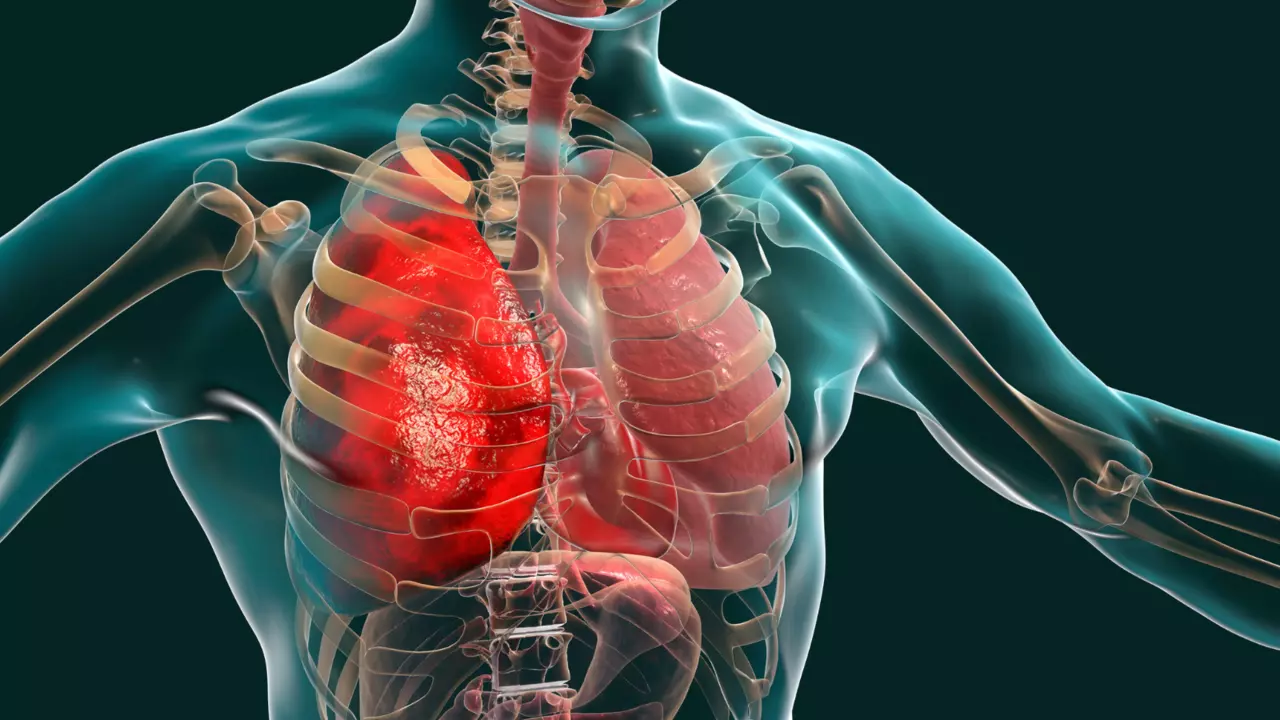Effective diagnosis for rare lung conditions
16 Apr 2024
In this blog, we look at a recent review published by the UK Cystic Lung Disease Collaborative Network. This review focuses on the importance of effectively diagnosing and treating people with rare lung conditions. This includes Birt Hogg Dubé syndrome.
Who is the UK Cystic Lung Disease Collaborative Network?
Rare Disease Collaborative Networks (RCDNs) are a vital part of the National Health Service (NHS). RCDNs aim to enhance diagnostic accuracy, treatment strategies and patient outcomes. RCDNs are comprised of people interested in rare conditions. They are committed to improving care and support for people with rare diseases. In this blog, we talk about a collaborative network that provides diagnostic assessment and management advice for patients with rare cystic lung diseases (RCLD).
What is a rare cystic lung disease?
RCLD encompass a spectrum of rare conditions occurring in the lung. RCLD is caused by an overgrowth of abnormal lung tissue. This growth can lead to fluid filled cysts. The growth can also prevent the growth of tiny air sacs. These air sacs characterise a normal lung. Cystic lung diseases can come with varying signs and symptoms, and Birt-Hogg-Dubé syndrome (BHD) is a condition that falls in this group.
Why is BHD important to RCDN?
BHD is one of the rare conditions that lead to a high number of referrals to RCLD services. This makes BHD a key focus for the UK Cystic Lung Disease RCDN. BHD causes fluid or air-filled sacs of tissue in the lungs, and these are called lung cysts. Lung cysts are found in 70 to 80% of people with BHD. In some people with BHD, there are changes in the lung tissues, which lead to a build-up of air in the chest area. This can increase the risk of the lung spontaneously collapsing. This is known as a pneumothorax.
What is the problem?
Despite the presence of lung cysts, BHD typically does not normally lead to a progressive loss of lung function. This makes it difficult to identify and diagnose BHD during its’ early stages. RCDN hope to improve how BHD is diagnosed, to help people receive an early diagnosis. Early diagnosis can lead to better management and treatment. For example, in some people with BHD who have kidney cancer, their condition is only curable if identified early by a kidney surveillance programme. This highlights the importance of addressing barriers to diagnosis.
What is the current situation?
There are currently no recommended diagnostic criteria for BHD. Without this, medical professionals may not be able to make an accurate assessment. This can lead to diagnostic delays and disease features being missed. If patients with active disease do not have a diagnosis, their health can progress to serious outcomes such as irreversible organ damage.
Currently, there are no specific treatments to prevent lung cysts or renal tumours and the main treatment is prevention of recurrent pneumothorax. In this instance, a pleurodesis is given. Pleurodesis is a procedure that involves putting a mildly irritant mineral powder into the space between your lung and chest wall. This helps prevent the re-accumulation of fluid or air collected in this space.
What can we change?
The cystic lung disease RCDN have created a flow chart. The flow chart shows required history and investigations, diagnostic points and follow-up focused investigations required where multiple lung cysts are seen on CT scanning.
Flow chart
The below flowchart has been edited by The BHD Foundation team to tailor it towards people with BHD. Please note the presenting features have been associated with other diagnoses in the flowchart. For the full flowchart, please access the paper here.
The proposed pathway outlined in the flowchart aims to facilitate diagnosis in most patients. This process means not having to undergo a surgical lung biopsy. Expert RCLD centres should be available to determine if the number of cysts is clinically significant and guide the diagnostic process. This includes deciding if a lung biopsy would assist further management, developing a treatment plan, and signposting patient support.
What else do they suggest?
Patients who have only a few cysts and no symptoms associated with lung function should be monitored using the flow chart. If a medical professional cannot reach a diagnosis, and lung function is normal, these patients should be monitored clinically. They may not be at risk of progressive lung disease. However, there are patients where diagnosis cannot be reached despite various tests. These patients should still receive the appropriate support and management.
The review suggests that genetic counselling should be given. Genetic counselling means talking with a genetics specialist to help you understand a genetic condition that runs in your family.
The review also recommends that patients with BHD:
- Have annual or biennial lung function tests to check how well the lungs are functioning.
- Should receive life-long surveillance for kidney cancer by annual screening of MRI.
- If patients with BHD have kidney tumours under 3cm in diameter, they should be actively monitored.
- Any kidney tumours larger than 3cm can undergo surgery.
What’s next?
This review has explained why early diagnosis is important, and how we can change the journey to diagnosis. This is to ensure patients can receive early treatment and management. The insights provided by the UK Cystic Lung Disease RDCN offers hope for individuals affected by complex, rare conditions. By advocating for structured screening pathways, and using advanced diagnostic tools we can improve early detection and management for people with BHD. Ultimately, this can help improve the quality of lives for people living with BHD.
Reference:
1. Johnson SR, Shaw DE, Avoseh M, Soomro I, Pointon KS, Kokosi M, Nicholson AG, Desai SR, George PM. Diagnosis of cystic lung diseases: a position statement from the UK Cystic Lung Disease Rare Disease Collaborative Network. Thorax. 2024 Mar 15;79(4):366-377. doi: 10.1136/thorax-2022-219738. PMID: 38182428.
Back to
